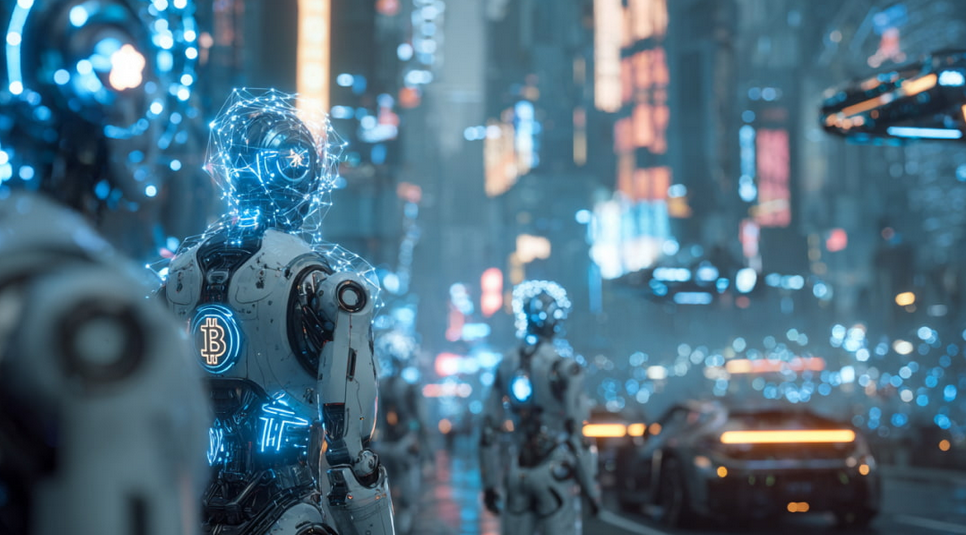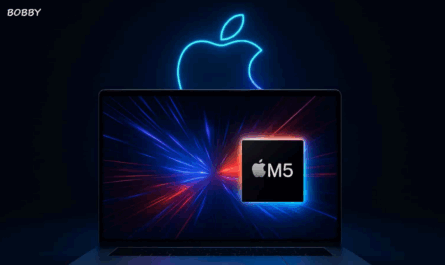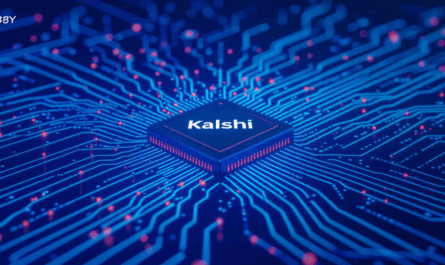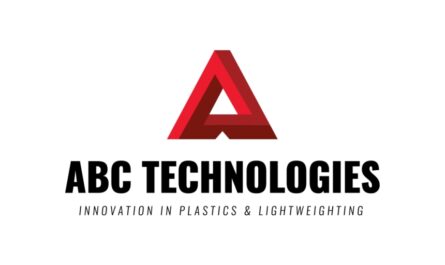Artificial intelligence (AI) and blockchain are converging to create decentralized, tokenized ecosystems that reward participants, secure data, and enable machine-to-machine transactions. This integration is transforming industries, from autonomous vehicles to robotics fleets, while potentially increasing cryptocurrency adoption, particularly for Bitcoin, as token demand rises.
By combining blockchain’s security and transparency with AI’s autonomous capabilities, developers are creating networks where robots, vehicles, sensors, and users can interact seamlessly while earning and spending cryptocurrency tokens.
Blockchain Enables Distributed Payments for AI Systems
AI applications are moving beyond lab experiments into real-world deployment, and blockchain is essential for facilitating distributed payments between autonomous systems. Cryptocurrency tokens can compensate contributors who provide data, computation, or hardware, making decentralized AI systems financially sustainable.
For instance, Toyota is working with the Avalanche blockchain to develop a Mobility Orchestration Network (MON). This initiative tokenizes vehicle ownership and mobility data, enabling investments in robotaxis, shared vehicles, and other automated transport services.
Similarly, Nuklai, an AI-native data query engine, uses blockchain to create verifiable and monetizable interactions. By paying participants in tokens for data access, purchases, or whitelist approvals, AI projects can maintain decentralized infrastructure while incentivizing contributions.
DeSci (Decentralized Science) projects also leverage blockchain to improve research participation. For example, Elata Biosciences and Spectruth DAO integrate wearable sensors, AI analytics, and epigenetics testing. Patients earn tokens for contributing data, while blockchain ensures privacy, traceability, and equitable rewards.
DePINs and the Next Wave of Decentralized Robotics
Decentralized Physical Infrastructure Networks (DePINs) are transforming how resources like storage, compute power, and robotics fleets are managed. Projects like Helium (network coverage), Filecoin (storage), and Akash Network (cloud computing) reward participants with tokens for contributing to the ecosystem.
The next frontier will involve robot fleets performing AI tasks and earning tokens for training data collection, task execution, and model improvement. By incentivizing contributions, DePINs create robust, distributed networks that combine AI, robotics, and blockchain for large-scale operations.
Robots and AI: Driving Token Adoption
Integrating blockchain with autonomous robotics offers numerous advantages:
-
Security and Transparency: Blockchain’s immutable ledger ensures task completion and prevents tampering with robot data.
-
Smart Contracts: Automated contracts enable task coordination, microtransactions, and real-time inventory management.
-
Decentralized Decision-Making: Robots can interact, make decisions, and trigger responses autonomously, powered by tokenized incentives.
For example, PrismaX rewards teleoperators for assisting robots and generating training data. These token-based interactions not only improve AI models but also contribute to cryptocurrency demand, particularly for Bitcoin, as robots settle micropayments in crypto.
Bitcoin’s Role in Tokenized Robotics
As AI and robotics ecosystems expand, Bitcoin (BTC) could become the preferred settlement asset for machine-to-machine transactions. Microtasks performed by robots—like data collection, delivery, or service execution—require instant, low-fee payments. BTC provides a neutral store of value, global liquidity, and market stability, making it ideal for these emerging systems.
The growing AI-robotics ecosystem could drive Bitcoin adoption in several ways:
-
Micropayments: Robots paying each other or external services in BTC for tasks and data.
-
Tokenized Fleet Operations: Users stake tokens for performance or pay per task, creating on-chain cash flows.
-
Investment Incentives: New crypto verticals such as AI tokens, DePINs, and decentralized robotics marketplaces increase Bitcoin demand as liquidity flows into the market.
As Bitcoin remains the leading cryptocurrency during bullish cycles, tokenized robotics could serve as the next catalyst for BTC liquidity and adoption.
Challenges for Blockchain-Based AI Robotics
Despite the promising integration of blockchain and AI, several challenges remain:
-
Scalability: Autonomous robotic systems require thousands of microtransactions per second, but blockchain networks may struggle with latency. Layer-2 solutions, sidechains, or hybrid approaches are needed.
-
Energy Consumption: High-throughput networks consume significant energy, raising sustainability concerns.
-
Integration Complexity: Coordinating AI, robotics, and blockchain infrastructure requires advanced technical expertise.
-
Data Integrity and Privacy: Robots collecting sensitive data in homes, warehouses, and public spaces pose risks. Blockchain alone cannot guarantee privacy—zero-knowledge proofs and physical audits are essential.
-
Regulatory and Ethical Compliance: Ambiguous legal frameworks and regional regulations could slow deployment. Stakeholders must navigate privacy laws, labor rules, and ethical concerns.
-
Token Volatility: Cryptocurrency prices fluctuate, impacting the economic sustainability of robotics projects. Anchoring token ecosystems to BTC can reduce risk and ensure liquidity.
Real-World Applications of Tokenized AI and Robotics
Several projects exemplify blockchain’s impact on robotics:
-
Smart Factories: Robots performing tasks in production lines earn tokens for efficiency and output quality, verified through blockchain.
-
Autonomous Vehicles: Ride-sharing services and robotaxi fleets can tokenize rides, data contributions, and vehicle maintenance, enabling decentralized revenue streams.
-
AI Training Data: Robots collecting and labeling datasets for machine learning models are compensated via blockchain tokens, improving AI model quality while creating a decentralized economy.
-
Healthcare and Research: DeSci projects leverage blockchain for patient data contribution, early-access therapies, and tokenized incentives, improving participation and data quality.
The Future of Blockchain, AI, and Robotics
The convergence of AI, robotics, and blockchain is reshaping industries by:
-
Creating Decentralized Ecosystems: Robots, vehicles, sensors, and humans interact in secure, tokenized networks.
-
Enabling Tokenized Payments: Microtransactions and rewards incentivize participation and improve operational efficiency.
-
Driving Crypto Adoption: BTC and other cryptocurrencies serve as settlement layers for robot-to-robot and human-to-robot transactions.
-
Improving Data Integrity: Blockchain ensures immutable, auditable records for AI training and industrial processes.
As tokenized robotics ecosystems mature, they will complement existing industries rather than replace them, offering new economic models, enhancing productivity, and fostering cryptocurrency adoption at scale.
Conclusion
Blockchain and AI are revolutionizing robotics by enabling tokenized ecosystems, secure microtransactions, and decentralized coordination. From autonomous vehicles to industrial robots and healthcare applications, these systems provide transparency, efficiency, and incentives for contributors.
Bitcoin may emerge as the primary settlement asset for robotic microtransactions, supporting tokenized networks while fostering adoption and liquidity. Despite challenges like scalability, privacy, and regulatory uncertainty, the synergy of AI, robotics, and blockchain promises a future where decentralized networks operate efficiently, securely, and profitably.
FAQs
Q1: How does blockchain accelerate AI and robotics development?
A: Blockchain enables token-based incentives for contributors supplying data, hardware, or compute power, supporting decentralized AI and robotics networks.
Q2: Why could Bitcoin benefit from tokenized robotics?
A: Robot-to-robot and robot-to-human micropayments may use BTC as a settlement layer, boosting adoption and liquidity.
Q3: What challenges do tokenized AI and robotics face?
A: Key obstacles include blockchain scalability, energy consumption, regulatory uncertainty, data privacy, and token volatility.




